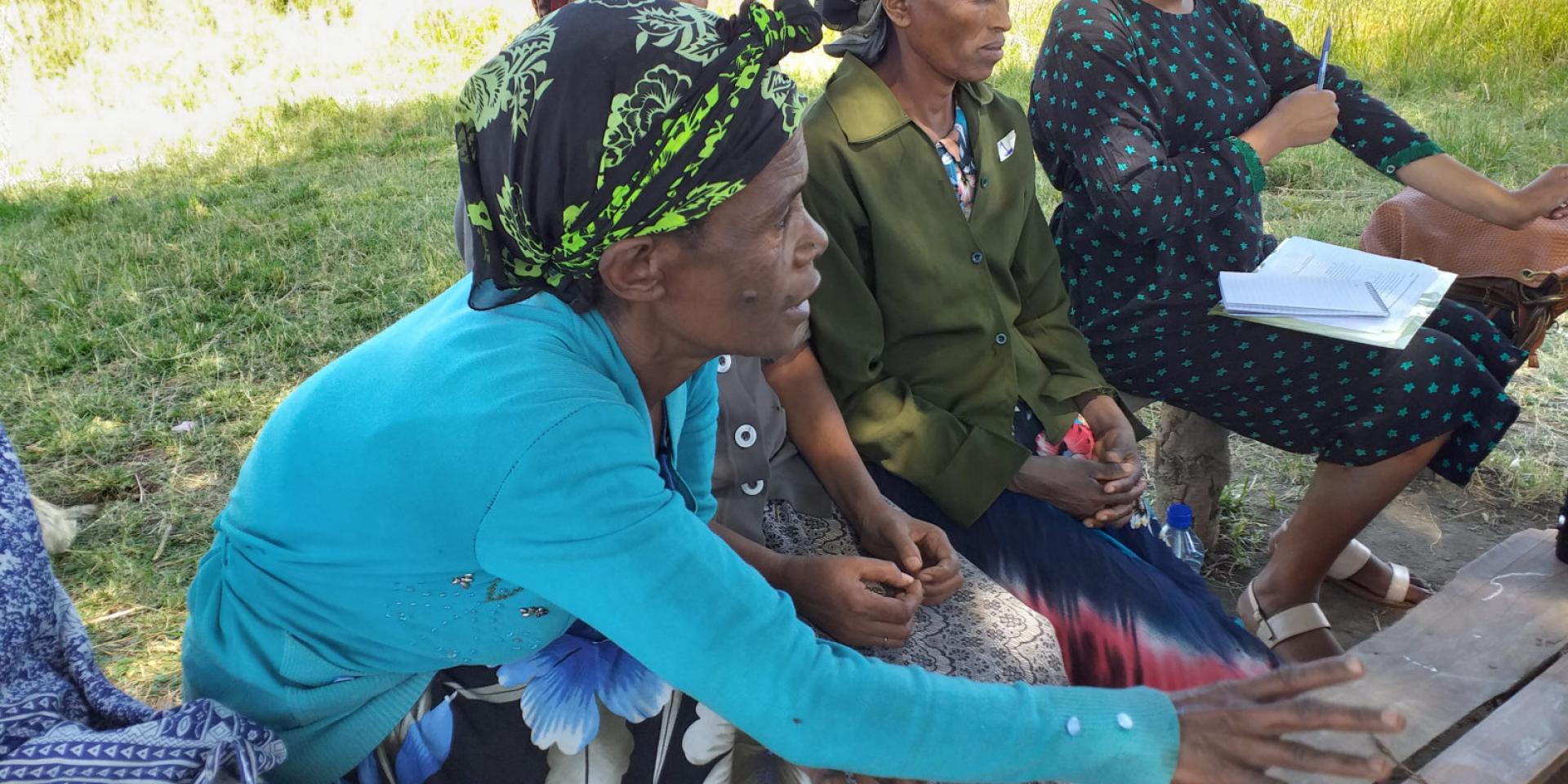Rural women are key for limiting crop pests and diseases

This year's theme for the International Day of Rural Women is "Building rural women’s resilience in the wake of COVID-19". On this occasion, we have asked CGIAR centers and programs to describe how their research is supporting rural women during times of crises. This post, by the CGIAR Research Program on Roots, Tubers and Bananas (RTB), is one in series of responses.
When a community-led disease management strategy in Ethiopia failed to stave off highly destructive potato late blight, investigations revealed it was primarily women farmers who had neglected to implement prevention practices, such as field scouting for disease. Women farmers were also not spraying their fields, which has been set as community by-law. They were fined for not following the requirement.
According to the Food and Agriculture Organization, female farmers produce less than their male counterparts because of limited access to resources including information and agricultural extension services. They have less access to or ownership of land and use fewer inputs.
Through a social learning exercise conducted as part of a broader joint research project of CGIAR Research Program on Roots, Tubers and Bananas and Wageningen University, investigators learned women farmers lacked the money to buy fungicides for spraying. Acting on this knowledge, the farmers’ monitoring committee devised a program to give financial support to women farmers to help minimize the risk of late blight by spraying their crops.
This case study is just one of several drawn from field research in Asia and sub-Saharan Africa and published in a recent journal article that highlights the critical importance of taking a gender perspective in research on pests and diseases. As pests and diseases remain the largest impediments to higher yields in many parts of Africa, it is imperative that men and women have equal understanding and opportunity to use the technologies and practices needed to prevent further spread.